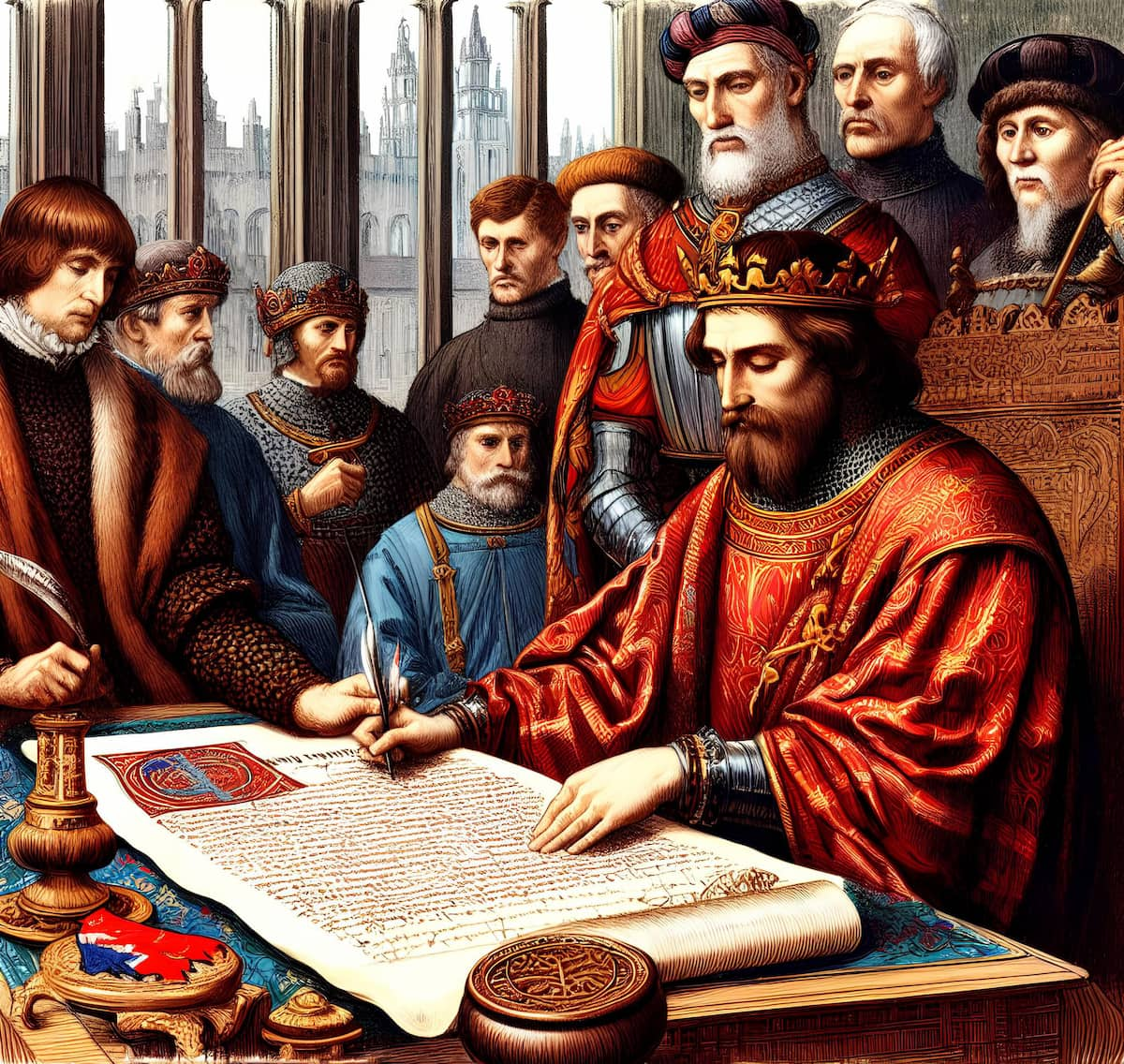Magna Carta: Causes and Consequences
The Magna Carta, also known as the Great Charter, is a historical document that was issued in 1215 during the reign of King John of England. It is considered one of the most significant legal and constitutional documents in history.


